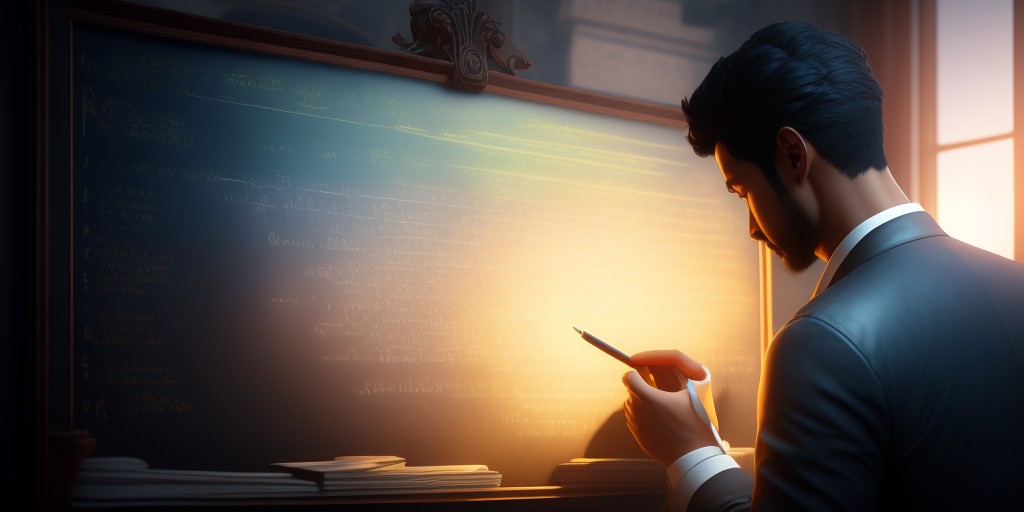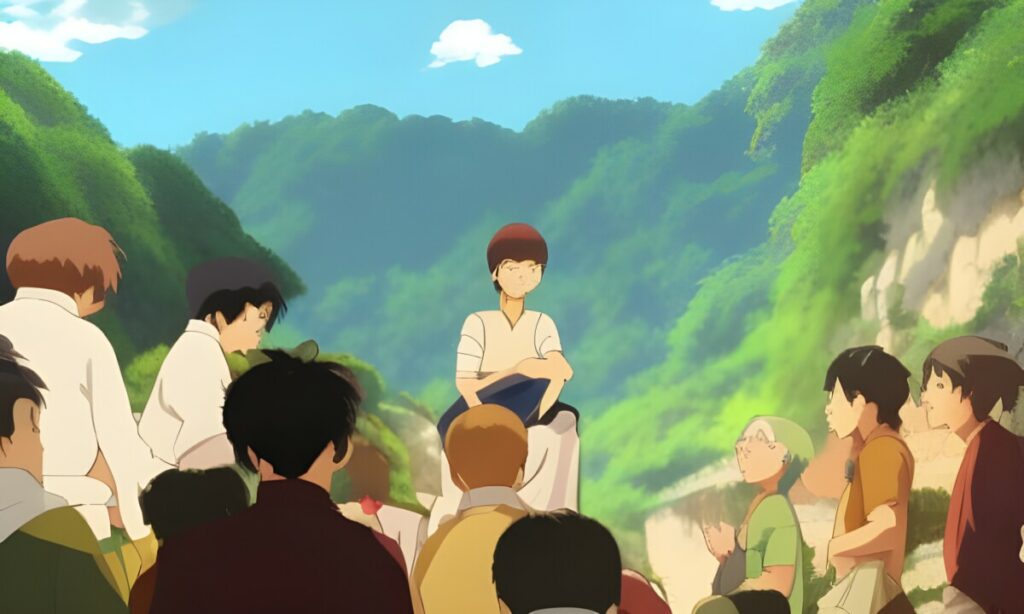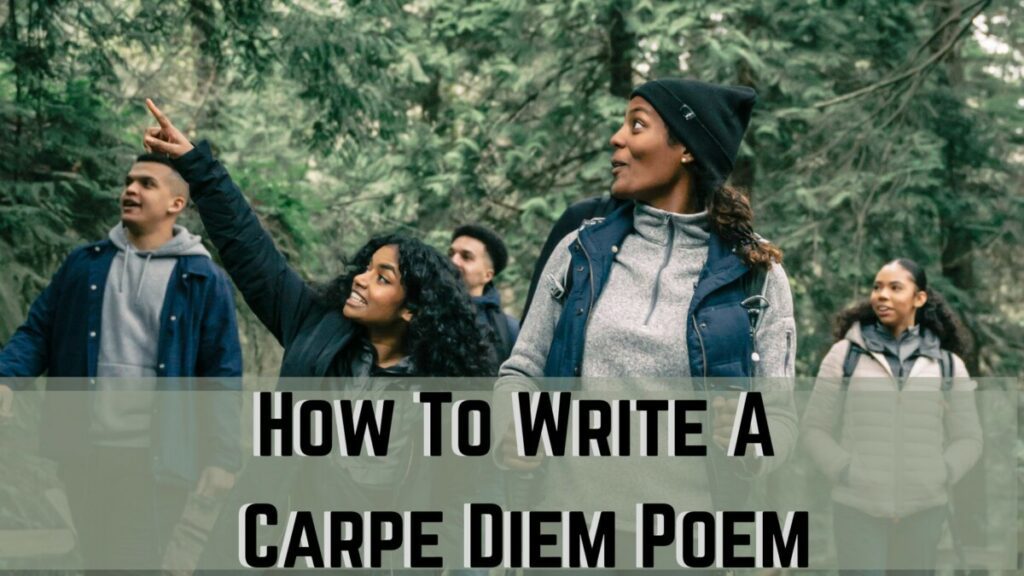Who Invented Maths? A Look at the History of Mathematics
Who Invented Maths? A Short Look at the History of Mathematics Mathematics is an integral part of our lives, from simple calculations to advanced problem-solving. But have you ever wondered who invented math? In this article, we’ll explore the history of mathematics, tracing its origins and the significant contributions made by ancient civilizations and modern-day …
Who Invented Maths? A Look at the History of Mathematics Read More »






